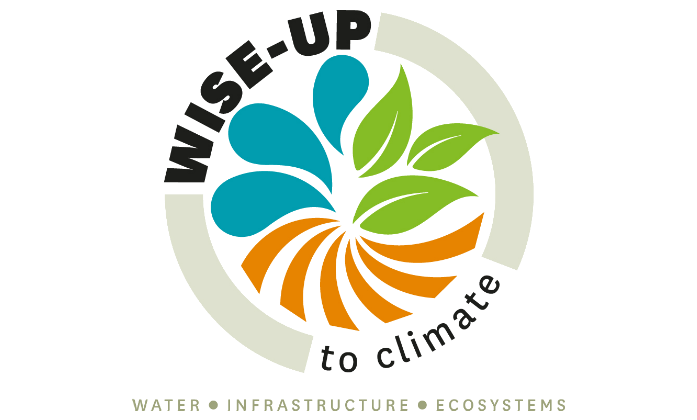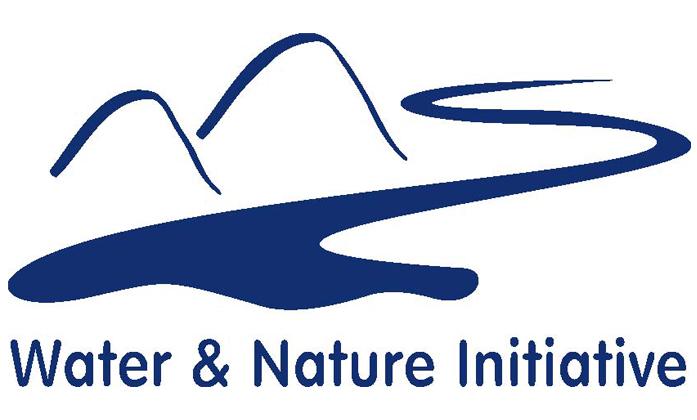About:
IUCN helps governments, communities and river basin authorities adapt to climate change. Ecosystems are maintained as infrastructure that reduces vulnerability to floods, droughts and storms under water governance that empowers water users in decision making. Discover how we are taking action in different areas.
Achievements:
East Africa
In the Pangani Basin (Tanzania), the water overallocation increased the scarcity of this ressource. The 3.4 million people living in the area are vulnerable to the projected drying of the climate. To adapt to this issue, efforts are underway to implement environmental flows, an ecosystem-based method for allocating water to different uses within sustainable limits. The environmental flows approach is based on negotiations among different stakeholders. Implementation entails developing and coordinating decision-making over water allocation from local to basin scales. Ideally, authorities enlist representatives of competing water users – farmers, hydropower, fishers, residents and ecosystems alike – to help decide how to allocate water.
Combining a local sense of who needs what, when and where with scientific data on how much water is available now and might be available under climate change scenarios, the collaborators are piloting a new flexible approach to informed decision-making. They are learning to allocate water within the limits of the river’s flow, including to ecosystems in the basin that store water, regulate flows and support livelihoods. Water allocation to sustain natural infrastructure, such as wetlands and estuary habitats, and adaptive governance, provide capacity to deal with uncertain future events. Through the support of WANI (Water and Nature Initiative) and others, better water governance and best practices will reduce pressure on ecosystems and start to make communities and the economy in the Pangani less vulnerable to climate change in the future.
Central America
In the high-altitude upper watersheds of the Coatán and Suchiate rivers (Guatemala, Mexico), which flow off the slopes of the Tacaná volcano to the Pacific Ocean, ecosystem degradation and climate change are raising the risk of devastating flash floods. Deforestation, with associated severe erosion of formerly deep soils, has reduced the landscapes capacity for water retention. This has contributed to the narrowing of livelihood options for the population in the area.
Communities in the upper and lower watersheds are vulnerable to flooding caused by intense rainfall. Flooding risk is exacerbated by the lost water storage capacity of the eroded soils which leads to increases in the volume and rate of runoff. The impact of Hurricane Stan in 2005 propelled communities to take action and readyness is now a high priority for authorities when managing climatic variability and climate change adaptation. With support from WANI, communities with the support of local authorities built micro-watershed councils as decision making bodies to lead watershed restoration and development that met their priorities. Empowerment of community-owned institutions is making watersheds more secure and livelihoods less vulnerable.
West Africa
Decades ago, dams and diversions were built on the Komadugu Yobe River that flows through Nigeria’s arid northeast before draining into the shrinking Lake Chad. Flow in the river has fallen by 35% and eroded the livelihoods of millions because of the combined effects of abstraction of water for large-scale irrigation and regional drying of the climate. Stresses like these in an impoverished and ethnically splintered region have led to resource scarcity and social tensions.
Thanks to a joint basin level intervention by IUCN and partner organizations, the federal and state governments and other stakeholders, including dam operators and farming, fishing and herding communities came together to negotiate a plan for coordinating and investing in restoration and management of the basin. In addition to agreeing to a Catchment Management Plan, a "Water Charter" was drafted, spelling out the principles for sustainable development of the basin and the roles and responsibilities of governments and stakeholders.
Water governance reform enables transparent coordination of water resource development, including remediation of degraded ecosystems and, eventually, restoration of the river’s flow regime. Dialogue and investment in natural infrastructure have provided people with more than the assets needed to make their livelihoods more resilient to future uncertainty related to climate change.
Widespread vulnerabilities to the impacts of climate change on water make implementation of sustainable water management and empowerment of stakeholders in water governance high priorities for adaptation. Planning for adaptation cannot rely solely on conventionally engineered infrastructure, but should incorporate restoration and management of the natural infrastructure provided by ecosystems.

